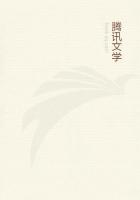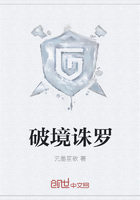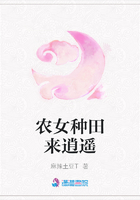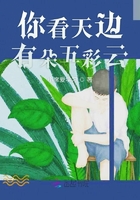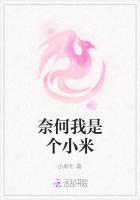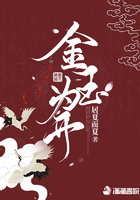Long ago,before there were library schools,Harlan H.Ballard,now librarian of the Pittsfield Athenaeum,used St.Nicholas as the organ of the Agassiz Association,which had been in existence for several years with about a hundred members in Berkshire County.The Association grew and soon had chapters all over the world.In the number of St.Nicholas for December,1881,I find the record of ours,and the name of the first secretary,then a boy of ten or twelve years,now a prominent citizen,a member of the Board of Park Commissioners and School Visitors.We used to go out of doors looking for birds and insects through the spring and fall,and meet in the library in winter for reading from authors like John Burroughs,Dr.C.C.Abbott and Frank Buckland,or the lives of Thomas Edward,Robert ****,Agassiz and other naturalists,or sometimes a story from a grown-up magazine like one of Annie Trumbull Slosson's or an account of real pets like Frank Bolles's owls.The children in "A.A.Chapter B"all had good homes,good vocabularies and reading fathers and mothers,and listened with interest to books that are far in advance of the children of their age who began to come to the library after it was made public.The chapter lived long enough to admit the children of at least one of its original members,and only died because Saturday morning,the only morning in the week when children are free,had important business engagements for the librarian,who feels that "Nature-study,"too,plays an important part in schools now-a-days,and that in the language of "My Double","there has been so much said,and on the whole so well said,"that there is less need than there used to be of such a club,although it is a great deprivation not to have the long country walks and the Saturday readings and talks with the children.A librarian or a settlement worker who sees only children from non-English speaking homes is in danger of forgetting that there are others who can use books in unsimplified form.
This is the only club connected with the library which had a formal organization,but in giving a talk one day several years ago to the upper grades of a school,I asked how many boys and girls were going to stay in town through the summer,and invited all who were to come to the library one afternoon a week for a book-talk.The next year I sent the same invitation to several schools,and gave in both summers running comments and reading of attractive passages from books on Indians,animals,the North Pole,adventures,machines,books of poetry,stories about pictures and some out-of-the-way story books,with a tableful of others that there was not time to read from.The titles of the books are in Public Libraries,June,1900,and are largely from the grown-up shelves.This was five or six years before our boys' and girls'room was opened and the children had free access to all their own books.
The third year the programme was a little varied.Some of the subjects were "Books that tell how to do things,""A great author and his friends (Sir Walter Scott),""Another great author and his short stories (Washington Irving)."I have always made a great deal of the friendship between these two authors,and as most of our children are Jewish,I have often told the story and shown the portrait of Rebecca Gratz,the Philadelphia Jewess,who was too true to her religion to marry a Christian,and whose story as told by Irving,whose promised wife had been her friend,gave Scott his noble ideal of the character of Rebecca.
One year we had an afternoon about knights and tournaments,and by an easy transition,the subject for the next week was "What happened to a man who read too much about knights,"giving an opportunity for an introduction to Don Quixote.After that two dream-stories opened the way to a fine illustrated edition of the Pilgrim's Progress,and stories from Dante.
The next year,I tried stories of English history,in nine or ten different periods,reading from one book every week and suggesting others.After the opening of the boys'and girls'
room,the book-talks for one or two summers for seventh and eighth grade pupils,were upon some of the pictures in the room:
Windsor Castle,Kenilworth,Heidelberg Castle,the Alhambra,the Canterbury Pilgrims and some Shakespeare stories.Afterwards,"What you can get out of a Henty book"gave a chance for interesting picture bulletins,and the use of other books referring to the times of "Beric the Briton,""The Boy Knight,""Knights of the White Cross,""Bonnie Prince Charlie,""In the Reign of Terror."Last year and this I have been reading Scott and Dickens aloud.
We have some of the Detroit colored photographs of places of historic interest,Windsor Castle for which I used Lydia Maria Child's story of "The Royal Rosebud,"although most of the little princess's early life was passed in sanctuary at Westminster.On the afternoon when Kenilworth was the subject,I read all of Scott's novel that we had time for.Once on the Alhambra day,we have had Irving's story of the Arabian astrologer,and again a deion of the palace and the Generalife who had just come from Spain.There was little in print about Heidelberg that Icould use,and I had to write out the whole story of the Winter King and his Queen,James First's daughter Elizabeth,ancestress of the present king of England and mother of a large family.

